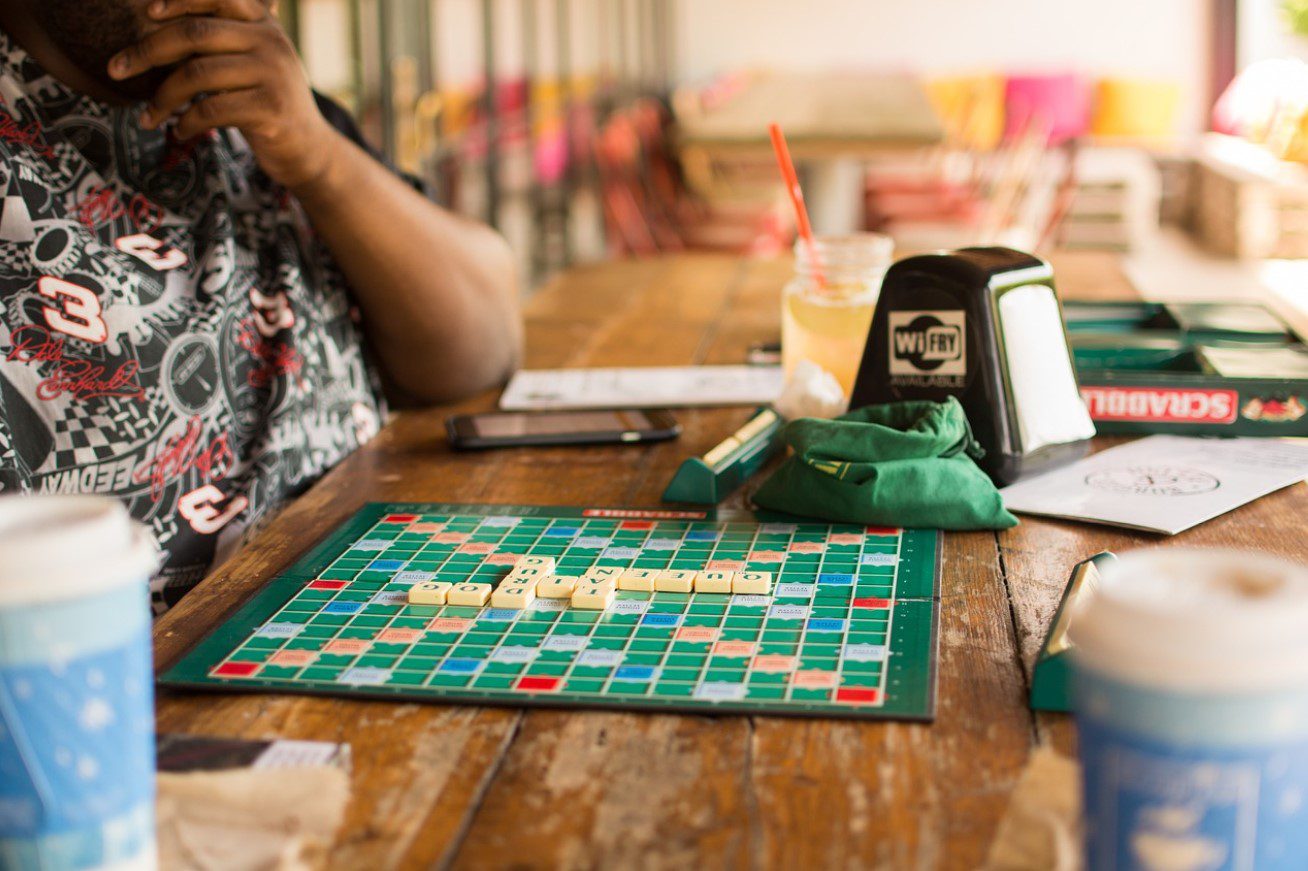Structured play for children involves activities that are organized and supervised by adults, often with specific goals in mind. Think board games at home, sports practice, or following a recipe in a play kitchen. Others include sports teams, music lessons, and classroom educational games.
It gets a thumbs up for having clear guidelines, which helps children understand the importance of rules and fair play. This translates well to other areas of life, like respecting classroom rules and expectations.
In contrast, unstructured play is more spontaneous and child-directed, such as free play at the playground or imaginative games at home. Both types of play have distinct benefits and drawbacks that impact children’s development.
Benefits of Structured Play:

Structured play is a fantastic way to develop the following attributes in children:
- Problem-solving:
Kids gotta figure out how to win the game, complete the puzzle, or build that epic Lego creation. This flexes their mental muscles and teaches them to overcome obstacles.
- Skill Development:
Structured play often focuses on developing specific skills. For example, team sports enhance physical fitness and coordination, while music lessons improve cognitive abilities and discipline.
- Socialization:
Children learn to interact with peers and adults, follow rules, and work as part of a team. These experiences are crucial for developing social skills and understanding societal norms.
- Goal Orientation:
Participating in structured activities teaches children how to set, pursue, and achieve goals. This can foster a sense of accomplishment and boost self-esteem.
- Time Management:
Structured activities help children learn to manage their time effectively, balancing different tasks and responsibilities.
- Safety and Supervision:
Organized activities often take place in safe environments with adult supervision, reducing the risk of accidents and inappropriate behavior.
Drawbacks of Structured Play by Children:
But hold on, this form of play isn’t all dodgeball! Here’s the flip side you may want to think about:
- Reduced Creativity: Overemphasis on structured play can limit children’s opportunities for creative thinking and problem-solving, as these activities are often guided by specific instructions and goals.
- Pressure and Stress: High expectations from parents, coaches, or instructors can create stress and anxiety in children. The pressure to perform well can sometimes overshadow the joy of participation.
- Limited Free Time: A packed schedule of structured activities can leave little time for unstructured play, which is important for relaxation and exploration.
- Limited exploration: Structured activities might restrict a child’s natural curiosity and desire to experiment on their own.
- Over-Dependence on Adults: Constant adult supervision and direction can hinder the development of independence and self-regulation in children.
The Unstructured BFF:

Unstructured play for children, is the land of make-believe and endless possibilities. Also known as free play, it is the opposite of our pet subject. It is all about letting loose and letting your child’s imagination run wild.
This form of play is driven by the child’s interests and curiosity. There are no set rules or goals, just the freedom to explore and experiment. For example, building a block tower? It could be a castle, a spaceship, or anything the child dreams up. It allows for endless possibilities.
Here’s why:
- Creativity and Imagination:
Unstructured play encourages children to use their imagination and creativity. They invent games, create stories, and explore new ideas without the constraints of rules or guidelines.
- Autonomy:
Children make their own decisions during unstructured play, fostering independence and self-confidence.
- Emotional Regulation:
Free play allows children to express their emotions and work through feelings in a natural, self-directed way.
- Social Skills:
Interacting with peers in an unstructured environment helps children negotiate, cooperate, and resolve conflicts on their own.
- Physical Activity:
Unstructured play often involves physical activity, contributing to overall health and well-being.
The Concern Parents Have Regarding Unstructured Play!
- Safety Concerns: Lack of adult supervision can lead to accidents or unsafe behavior, especially in younger children.
- Inconsistent Learning Opportunities: Without guidance, children might not always engage in activities that promote learning or skill development.
- Peer Conflicts: Unstructured settings can sometimes lead to conflicts among children, which may not always be resolved constructively without adult intervention.
What then is the Ideal Playdate?

The best approach?
A healthy balance! Structured play provides a framework for learning, while unstructured play allows for exploration. Achieving a balance between the two is crucial for children’s holistic development.
Structured play provides opportunities for skill-building and social learning, while unstructured play promotes creativity, independence, and emotional growth. Parents and educators should aim to offer a variety of experiences that incorporate both types of play, ensuring that children develop a well-rounded set of skills and attributes.
Here’s the magic formula:
- Offer a mix: Let your child have plenty of free play time, but also incorporate board games, sports practice, or other structured activities.
- Make structured play fun: Keep the atmosphere light and positive. Focus on the joy of participation rather than winning.
- Bridge the gap: Use structured activities as springboards for open-ended play. For example, after building a Lego spaceship, let your child imagine where it travels and who’s on board.
Remember, play is a child’s language. By providing a healthy mix of structured and unstructured experiences, you’re helping children develop a well-rounded set of skills for navigating the world, both creatively and with structure.





Leave a Reply